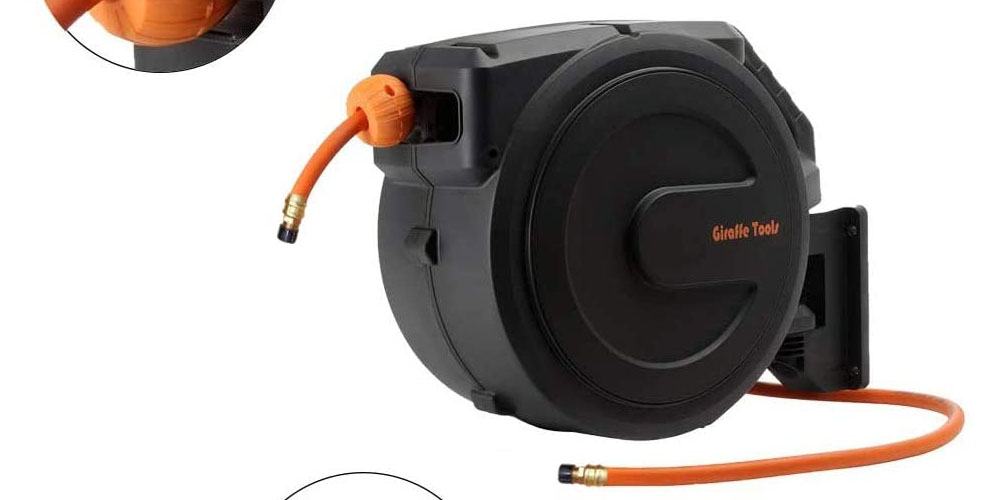A garden hose is every gardener’s special tool. Its length allows for easy watering of plants or flowers; however, if it too long and big, it can be tiring to move around; hence a garden hose reel is recommended. There are different types of hose reels, with different features and accessories like a quick connect that prevents water from flowing out of the hose when no accessory example, a spray nozzle, is attached. Hose reels provide great benefits to gardeners, and we discuss tips for using a garden hose reel below.
Tips for Using a Garden Hose Reel
There are several factors outlined to help you ease your experience with a hose reel. They include;
1. Pick the Correct Hose Reel
Hose reels are available in three ways: A powered, spring, and manual hose reel. Powered reels are more powerful than the others and work by the use of electricity. They are ideal for heavy-duty hoses, mostly used in industrial applications or commercial uses. Spring hose reels are semi-automated and required a bit of effort to retract the hose. The manual hose reel needs the most work and time to retract the hose. By turning the handle connected to the drum, the hose rolls in or out of the reel. Use a reel with your preferred mechanism for the best results.
2. Choose Reels With a Guide
Hose guides are in-built special features that have come up as the development of garden hose reels advances. They act as tract guides to help position the hoses correctly during the winding and unwinding process. One main benefit of the hose guide is that it prevents the hose from twisting and kinking, so it remains straight throughout.
3. Stick to the Recommended Capacity
Every reel has a maximum length and diameter of hose it can accommodate. Some garden hose reels work with long and bulkier hoses, while others operate well with shorter ones. Another purpose of a hose reel is to give proper storage to the hose. If you go past the maximum capacity, the hose may not fit inside, meaning storage will be difficult. Also, the hose can form kinks and cracks, causing leakage; hence the smooth running of the reel is compromised.
4. Accessible Location
The main purpose of a hose reel is to help in rolling out of the hose when watering is needed and later roll it back in. It’s better to have the reel placed near the water source for easier access and connector connection to the outlet and convenience. The location should also be secure and sturdy to withstand the reel’s weight. A structure can be set up for wall-mounted hose reels to provide shade and protection from external factors.
5. Practice Proper Maintenance
The hose and reel need proper care to keep them in good condition. Hose reels don’t need as much care but can be wiped down regularly to remove dirt. The hose can also be wiped or soaked in water and soap solution but avoid harsh chemicals.
Conclusion
The tips above will help you maximize the effectiveness and benefits of your reel. Practicing them will keep your equipment in good condition and prevent multiple faults and replacements.
